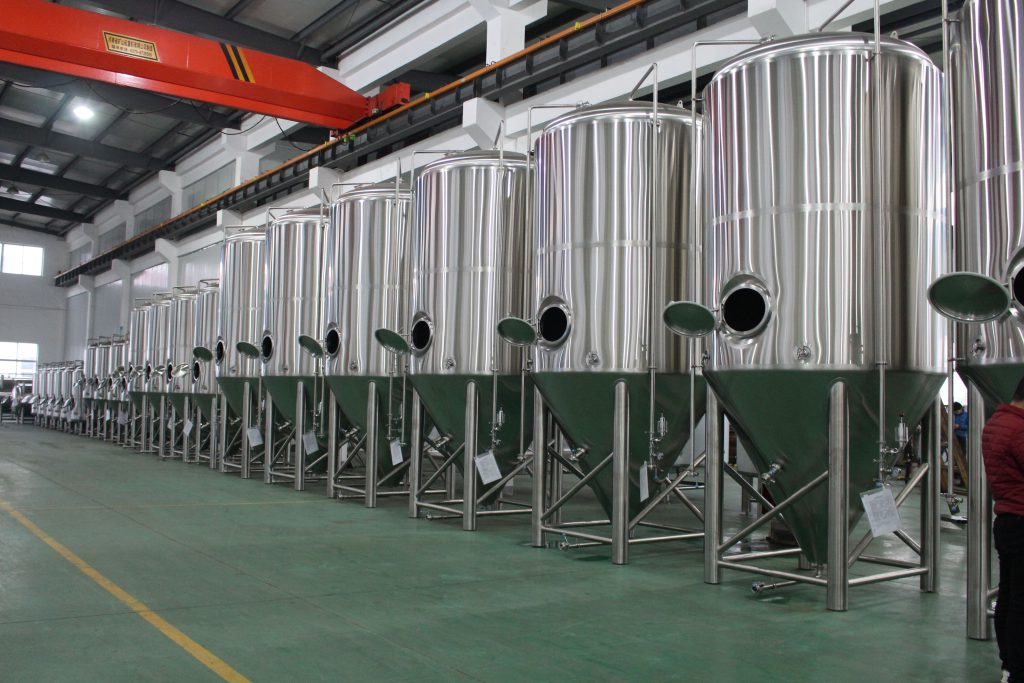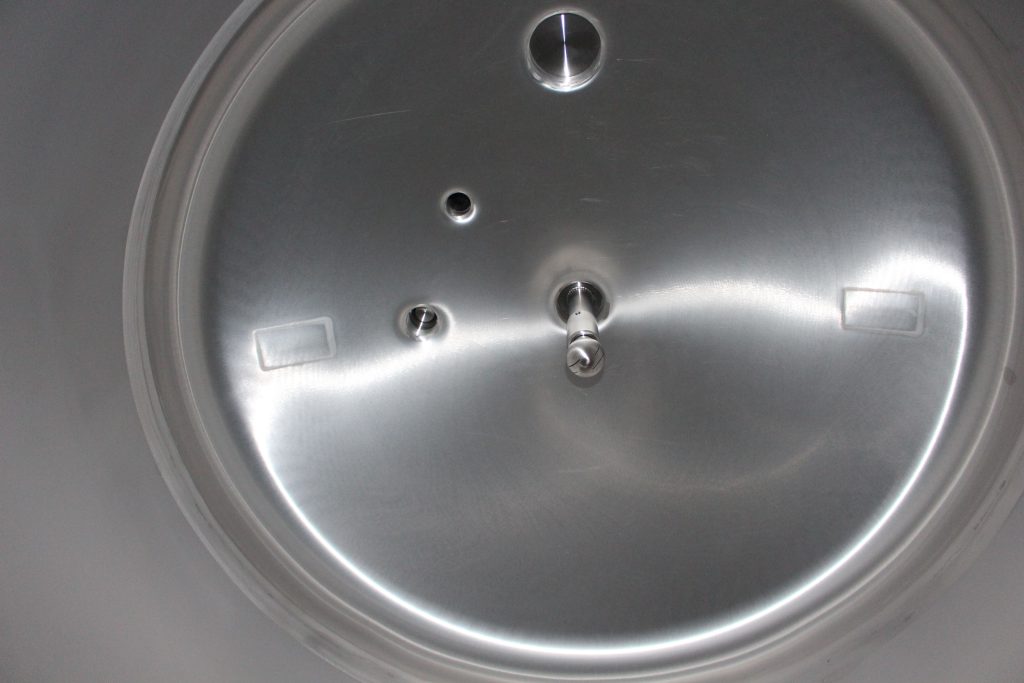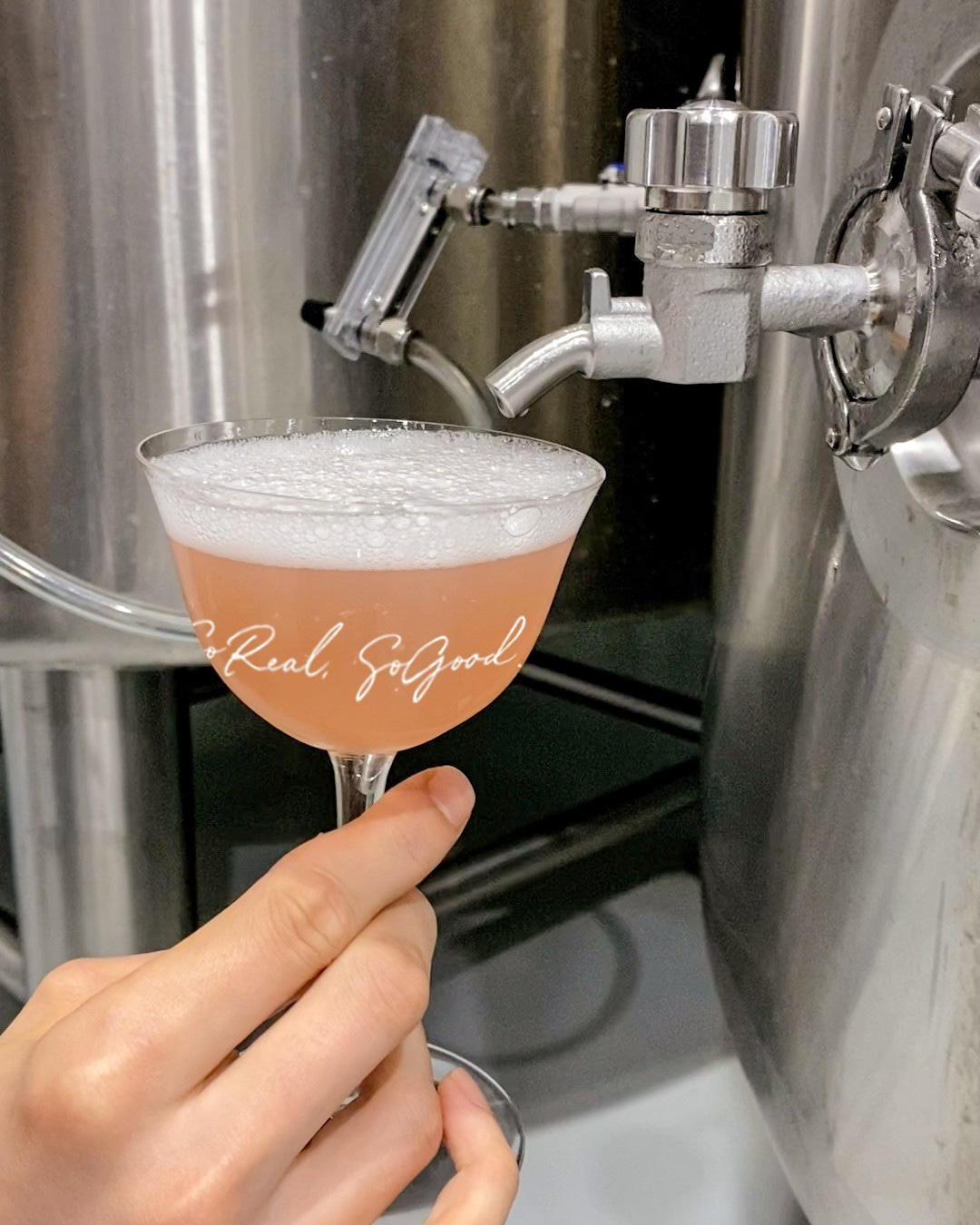Introduction
Brewing fermenters are the backbone of any brewery, playing a crucial role in the fermentation process that transforms wort into beer. Understanding the different types, their uses, and how to maintain them is essential for brewers of all levels. In this comprehensive guide, we’ll delve into the world of brewing fermenters, exploring their types, applications, and maintenance routines.
Types of Brewing Fermenters

Brewing fermenters come in various shapes, sizes, and materials, each with its own set of advantages and ideal applications. Here are some common types:
- Open-Top Fermenters: These fermenters allow for spontaneous fermentation and are often used in traditional brewing methods.
- Closed Conical Fermenters: Ideal for modern breweries, these fermenters offer precise temperature control and minimize the risk of contamination.
- Unitank Fermenters: Combining fermentation and conditioning into a single vessel, unitanks are versatile options for breweries of all sizes.
- Plastic Fermenters: Cost-effective and lightweight, plastic fermenters are popular among homebrewers.
- Stainless Steel Fermenters: Known for their durability and ease of cleaning, stainless steel fermenters are widely used in commercial breweries.
| Type | Advantages | Disadvantages |
|---|---|---|
| Open-Top | Spontaneous fermentation, traditional | Risk of contamination, limited control |
| Closed Conical | Precise control, reduced contamination | Higher cost, complex cleaning |
| Unitank | Versatility, space-saving | Initial investment, limited capacity |
| Plastic | Cost-effective, lightweight | Susceptible to scratches, limited lifespan |
| Stainless Steel | Durable, easy to clean | Higher cost, heavy |
Uses of Brewing Fermenters
Brewing fermenters serve as versatile vessels that play a pivotal role in various stages of the brewing process beyond primary fermentation. Here, we explore the multifaceted uses of fermenters, highlighting their diverse applications and contributions to the production of high-quality beer.
Primary Fermentation
- Yeast Activity: During primary fermentation, fermenters provide an ideal environment for yeast to metabolize sugars present in the wort, converting them into alcohol and carbon dioxide. Fermenters facilitate the controlled fermentation process, allowing for the production of flavorful and well-attenuated beers across a wide range of styles.
- Temperature Control: Fermenters equipped with temperature regulation systems enable brewers to maintain optimal fermentation temperatures, promoting yeast health and minimizing the risk of off-flavors or ester production. Precise temperature management is crucial for achieving consistent fermentation outcomes and preserving the desired flavor profile of the beer.
Secondary Fermentation and Conditioning
- Flavor Development: Some fermenters are utilized for secondary fermentation, where beers undergo additional conditioning and maturation to enhance flavor complexity and clarity. Secondary fermentation allows for the refinement of flavors, the integration of adjuncts or specialty ingredients, and the development of desired characteristics such as smoothness or carbonation.
- Clarification: Fermenters equipped with conical bottoms facilitate the natural settling of yeast and other particulates during secondary fermentation, resulting in clearer beer and reduced sedimentation. This clarification process improves beer aesthetics and ensures a visually appealing final product for consumers.
Carbonation and Conditioning
- Carbonation Methods: Fermenters play a crucial role in carbonation, whether through natural carbonation using residual yeast activity or force carbonation methods. Brewers can carbonate beer directly in fermenters by introducing carbon dioxide under pressure, ensuring consistent carbonation levels and effervescence throughout the batch.
- Conditioning Effects: Conditioning in fermenters allows beers to undergo final maturation, where flavors harmonize, and any remaining off-flavors dissipate. Conditioning periods in fermenters contribute to the refinement and balance of beer characteristics, resulting in a smoother and more palatable drinking experience for consumers.
Aging and Flavor Enhancement
- Extended Maturation: Certain beer styles benefit from extended aging periods in fermenters to develop nuanced flavors, soften harsh phenolic compounds, and achieve optimal balance. Fermenters provide a controlled environment for aging, allowing beers to mature gracefully and evolve in complexity over time.
- Wood-Aging Possibilities: Fermenters constructed from wood or equipped with wooden adjuncts facilitate wood-aging processes, imparting unique flavors and aromas derived from the interaction between beer and wood. Wood-aged beers fermented in these vessels exhibit distinctive characteristics, ranging from subtle oak nuances to pronounced tannins and vanilla notes.
Yeast Propagation and Harvesting
- Yeast Management: Fermenters serve as vessels for yeast propagation and harvesting, enabling brewers to cultivate and maintain healthy yeast cultures for future batches. Yeast harvested from fermenters can be reused or repitched into subsequent fermentations, reducing the need for commercial yeast strains and promoting consistency in beer production.
- Strain Preservation: Fermenters equipped with yeast collection ports or cone bottoms facilitate the collection and storage of yeast slurry for long-term preservation. Brewers can maintain a library of yeast strains cultivated from various fermentation batches, ensuring access to diverse yeast profiles for experimentation and recipe development.
Maintenance of Brewing Fermenters

Ensuring the proper maintenance of brewing fermenters is paramount to the success of any brewery, regardless of its size or scale of operation. Here, we delve deeper into the essential aspects of fermenter maintenance to uphold hygiene standards, preserve beer quality, and prolong the lifespan of these critical brewing vessels.
Cleaning and Sanitization
- Thorough Cleaning: After each use, fermenters should undergo a comprehensive cleaning process to remove any residue, yeast, or other organic matter that could harbor contaminants. Utilize brewery-approved cleaning agents and follow manufacturer guidelines for optimal results.
- Effective Sanitization: Prior to the commencement of each new batch, it is imperative to sanitize fermenters meticulously to eliminate any potential sources of infection. Use food-grade sanitizers and ensure complete coverage of all interior surfaces to safeguard against microbial contamination.
Inspection and Maintenance Checks
- Regular Inspections: Schedule routine inspections of fermenters to identify any signs of wear, damage, or corrosion. Pay particular attention to weld seams, gaskets, and fittings, as these areas are susceptible to degradation over time.
- Leak Detection: Conduct leak tests periodically to detect any integrity breaches in the fermenter structure. Address any leaks promptly to prevent beer loss and maintain the integrity of the fermentation environment.
- Component Maintenance: Inspect and maintain ancillary components such as valves, seals, and temperature probes to ensure optimal functionality and prevent potential disruptions during the brewing process.
Temperature Control and Monitoring
- Consistent Temperature Management: Maintain stable fermentation temperatures within the fermenter to support yeast activity and promote desired flavor development. Implement temperature control systems and monitoring devices to regulate and track temperature variations throughout the fermentation process.
- Calibration Checks: Regularly calibrate temperature control equipment and sensors to ensure accuracy and reliability in maintaining the desired fermentation conditions. Calibration discrepancies can lead to fluctuations in temperature, impacting yeast performance and beer quality.
Preventive Maintenance Procedures
- Proactive Measures: Implement preventive maintenance protocols to address potential issues before they escalate into larger problems. Develop a maintenance schedule outlining tasks such as seal replacement, valve lubrication, and equipment recalibration to minimize downtime and mitigate operational risks.
- Documentation and Record-Keeping: Maintain detailed records of maintenance activities, including cleaning schedules, inspection reports, and equipment servicing records. Documentation facilitates traceability and accountability, enabling brewers to track the history of fermenter maintenance and identify areas for improvement.
Training and Education
- Staff Training: Provide comprehensive training to brewery personnel involved in fermenter maintenance to ensure adherence to best practices and safety protocols. Empower employees with the knowledge and skills necessary to perform maintenance tasks effectively and efficiently.
- Continuous Learning: Stay abreast of industry developments, technological advancements, and emerging best practices in fermenter maintenance through ongoing education and professional development initiatives. Engage with industry forums, workshops, and training programs to expand knowledge and enhance proficiency in brewery maintenance practices.
Conclusion
Brewing fermenters are integral to the beer-making process, providing a controlled environment for yeast to work its magic. By understanding the different types, their uses, and implementing proper maintenance routines, brewers can ensure the quality and consistency of their brews. Whether you’re a homebrewer experimenting in your garage or a professional brewmaster overseeing a large-scale operation, the right fermenter is essential for crafting exceptional beer.
FAQs
How do I choose the right fermenter for my brewery?
- Consider factors such as batch size, available space, budget, and desired features like temperature control and automation.
Can I use the same fermenter for different styles of beer?
- Yes, many fermenters are versatile enough to accommodate various beer styles, but some brewers prefer separate fermenters for different types to prevent cross-contamination.
How often should I clean and sanitize my fermenters?
- Fermenters should be cleaned immediately after use and sanitized before each new batch to maintain hygiene and prevent off-flavors.
Is it necessary to invest in stainless steel fermenters for homebrewing?
- While stainless steel fermenters offer durability and ease of cleaning, plastic fermenters can be a more budget-friendly option for homebrewers.
What is the typical lifespan of a brewing fermenter?
- The lifespan of a fermenter depends on factors such as material quality, maintenance practices, and frequency of use. Stainless steel fermenters can last for decades with proper care, while plastic fermenters may need to be replaced more frequently.

